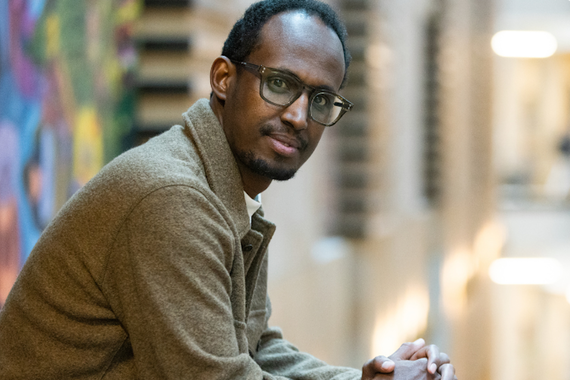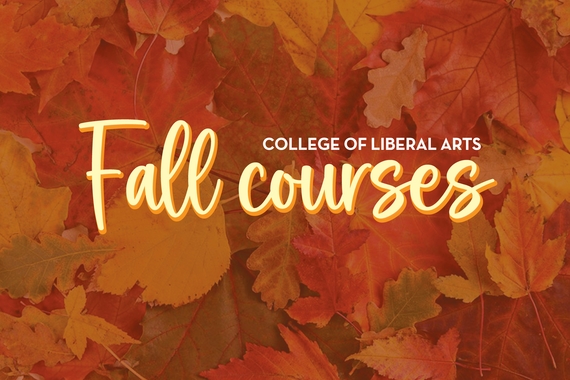On Purpose: Portrait of John Coleman

Life-changing. Transformative. What do we mean when we say the liberal arts transform lives? Or, put differently, what kind of lives do we believe the liberal arts build? What is the result of our teaching, research, and creativity? A number of ways to think about this question immediately come to mind. Research, creative work, and instruction in the liberal arts promotes, builds, and helps our students and societies achieve the thinking life, the ethical life, the beautiful life, the literate life, the learning life, the inventive life, the questioning life, the analytical life, the responsible life, the aspirational life, the inclusive life, the engaged life, the productive life, the joyful life. These are among the remarkable fruits of liberal arts education, research, and creative work.
I am profoundly optimistic about the future of the liberal arts because the liberal arts are uniquely suited to this evolving moment in history. Our world has never been so interconnected or complex or so shaped by the power of creativity, curiosity, and communication. From the local to the global, our time calls for us to ask hard questions, seek creative answers, and connect interdisciplinary insights.
In the liberal arts, we have a tradition of doing exactly that—asking, seeking, connecting. Scan the homepage of your favorite news website and you’ll see the subject matter of the liberal arts dominating that page. The questions that we study in the arts, humanities, and social sciences are central to public discourse, to community building, and to democratic life. As our world shrinks and as the challenges and opportunities that arise from ever-tighter global linkages become more apparent, the need for the liberal arts becomes ever more prominent. It is no wonder that the liberal arts model is growing in countries around the world.
It is a great privilege to serve as Dean of the College of Liberal Arts at the University of Minnesota. For me, the Washington Avenue bridge is a favorite spot on campus. The bridge connects the east and west banks of our campus, the social sciences and the arts and humanities. The Mississippi River flowing under the bridge connects country to city and North to South. Like the river, the liberal arts have a long and storied tradition yet are always changing, always moving, never the same as the day before. And like the bridge, the liberal arts transport you not only from point A to point B, but to destinations far beyond.
Every day in the College of Liberal Arts we train twenty-first-century leaders who will build the bridges that connect different communities, viewpoints, industries, and disciplines. And every day we work toward the timeless promises of the liberal arts—to understand the world, to transform lives, and to greet the unknown with respect, excitement, and curiosity.


